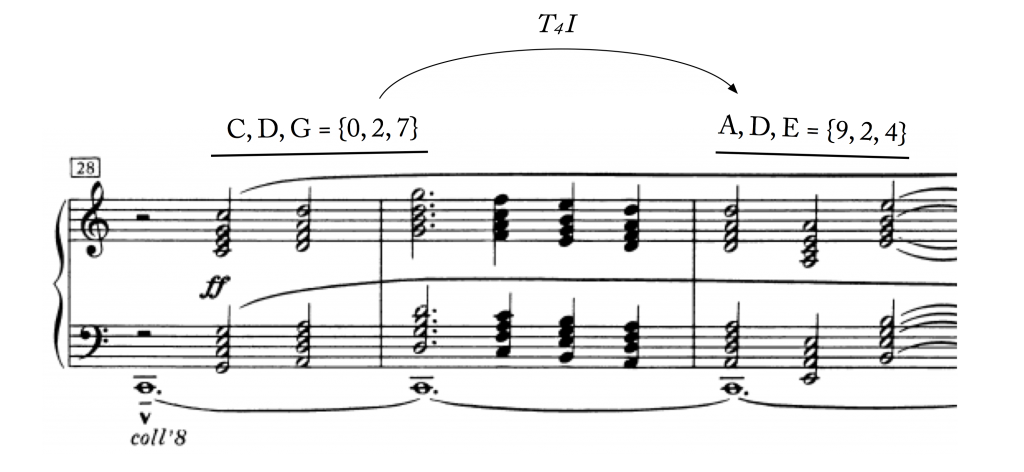Twelve-Tone Theory — Basics
Twelve-tone music is most often associated with a compositional technique, or style, called serialism. The terms are not equivalent, however. Serialism is a broad designator referring to the ordering of things, whether they are pitches, durations, dynamics, and so on. Twelve-tone composition refers more specifically to music based on orderings of the twelve pitch classes.
This style of composition is most associated with a group of composers whose figurehead was Arnold Schoenberg and which also included the influential composers Anton Webern and Alban Berg. But twelve-tone compositional techniques and ideas associated with such techniques were very influential for many great composers, and serial and twelve-tone music is still being written today. Much of this music shares similar axioms, outlined below, but composers have used these basic ideas to cultivate entirely original approaches.
Twelve-tone music is based on series (sometimes called a row) that contains all twelve pitch classes in a particular order. There is no one series used for all twelve-tone music; most composers write a unique row for each piece. (There 12!—that is, 12 factorial—twelve-tone series, which is equal to 479,001,600 unique row forms. Quite a lot of possibilities!) Here’s an example, the row for Webern’s Piano Variations, Op. 27:
There are some general rules for using a twelve-tone row, though as I said, individual approaches are always different:
1. Pitch classes are played in order;
2. Once a pitch class has been played, it isn't repeated until the next row.
A twelve-tone row might be used as a theme or as a source for motives. Chords might be derived from the row, or the row may be used for both thematic and harmonic purposes. We call the basic ordering, shown above for Op. 27, the prime form (P). And because it begins on B (pitch class 11), we label it P11.
Rows can be transposed, inverted, retrograded, or any combination of those operations. Inverting the prime form results in an “I-form.” Like P-forms I-forms are labeled by their first pitch-class. Hence, the row below, an inversion of the one above, is called I0. Note that it starts on C (0).
Prime forms and inversion forms can be also be played backwards, also called retrograde. In the example below notice how this work in relation to the P11 and I0 rows from above. When a P-form is retograded, we call it a “R-form.” When an I-form is retrograded, it’s called an “RI-form.” As the example shows, R- and RI-forms are labeled according to their last pitch class.
That graphic shows only four row forms, but each of those forms has twelve transpositions. Thus, a single row breeds a total of 48 rows: 12 4. That collection of rows is called a *row class, and it is the row class that the composer draws from when writing his or her music.
Share

